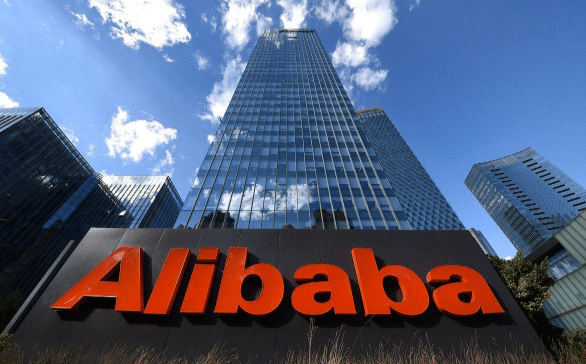Gold has finally broken through the $4,000 per ounce barrier — a milestone that many international investment institutions had set as their target price for 2025.
The surprising part? This goal was achieved more than two months ahead of schedule.
What makes the surge even more striking is that it didn’t occur during a period of rapid U.S. dollar depreciation. The dollar has remained relatively stable, suggesting that this rally is driven less by currency weakness and more by a global flight to safety.
So, what exactly are investors seeking to escape from?
The current rush into gold reflects deep market anxiety fueled by three major forces: geopolitical tensions, declining confidence in U.S. debt, and aggressive central bank accumulation of gold reserves. With these combined factors, global capital is signaling a clear message — there are few reliable shelters left.
Some point to cryptocurrencies as an alternative haven. Yet, the absence of China’s participation in this market limits crypto’s global hedging power. Without one of the world’s largest liquidity providers, the so-called “digital gold” remains a speculative playground rather than a true safe-haven asset.
Today, there are very few assets that can detach from the U.S. dollar system while still offering security and liquidity. Even gold, often described as the ultimate refuge, is not immune to systemic risks — but it remains the least flawed option in an increasingly uncertain financial world.
Looking forward, if current macroeconomic and political trends persist, gold prices reaching $5,000, $6,000, or even $8,000 per ounce over the next 3 to 10 years is far from impossible. Whether that represents prosperity or panic, however, depends on what kind of world investors will be living in by then.
References:
- World Gold Council 2025 Market Outlook
- Reuters and Bloomberg reports on global gold demand and central bank reserves
- IMF data on USD strength and international capital flows



